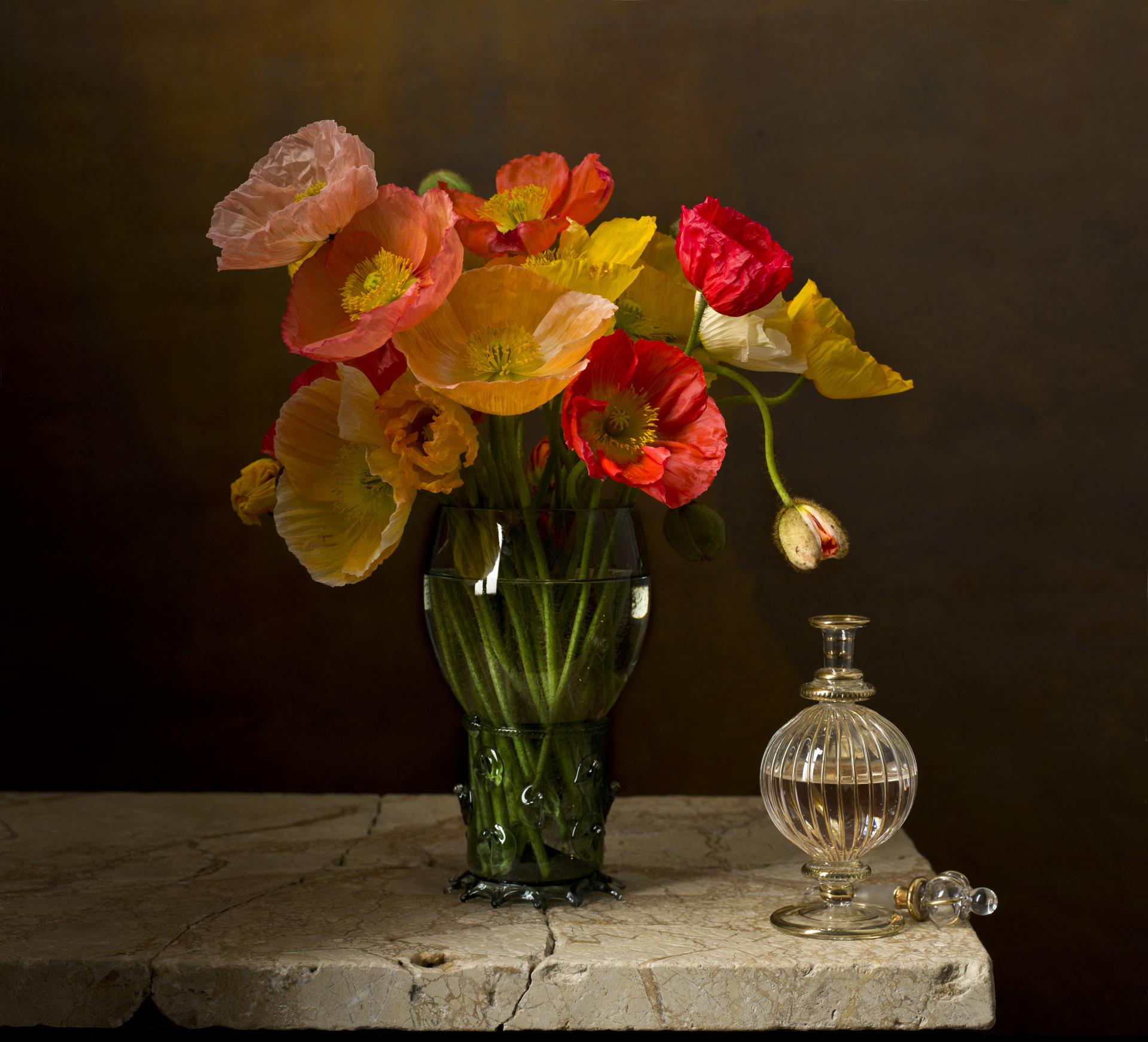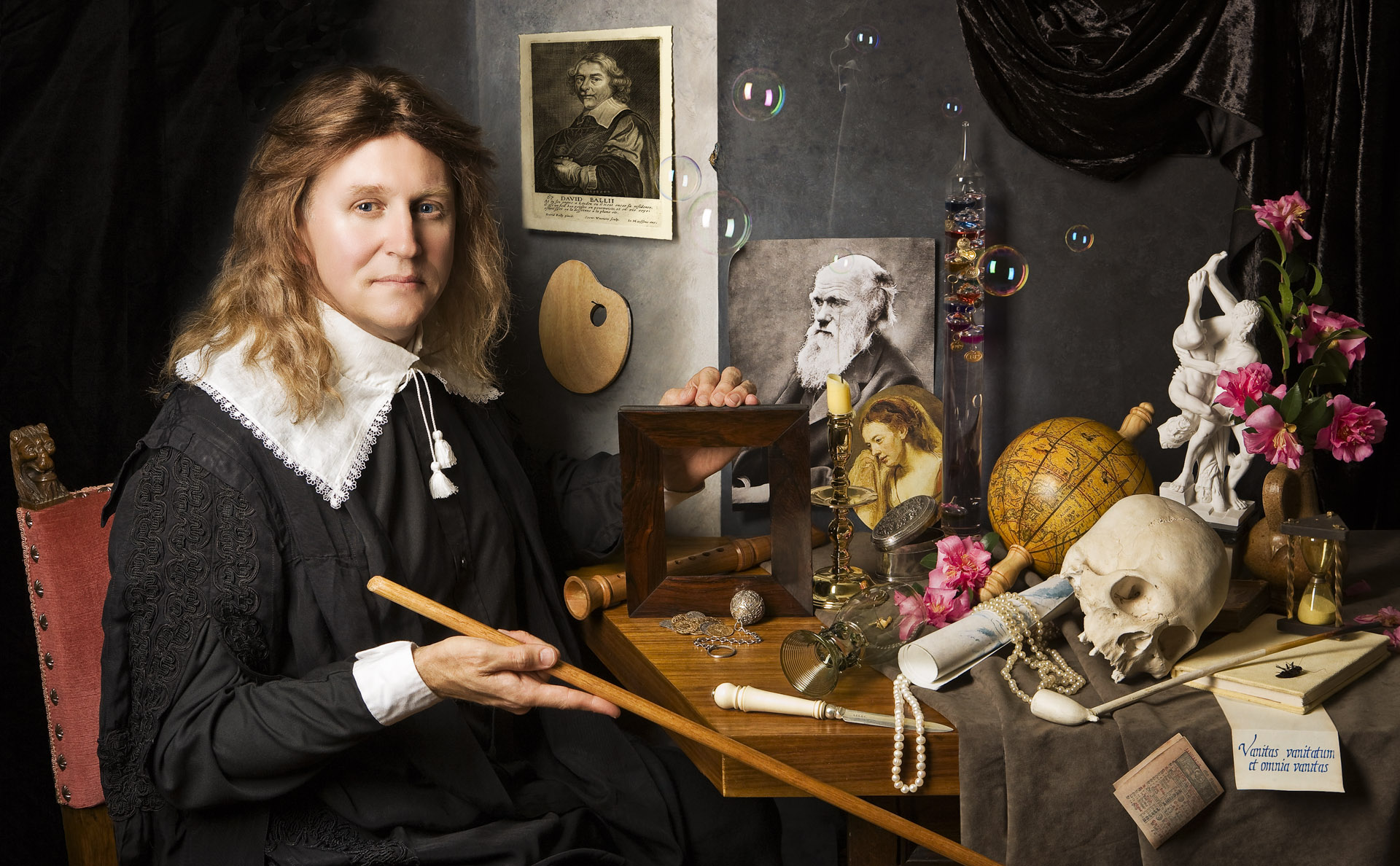The greatest flowering of still life painting was in the Dutch ‘golden Age’ of the 17thcentury.
It was a time of social and religious upheaval. In the rest of Europe religious paintings ruled. These images were banned in the churches of Calvinist Netherlands and this flowed through to their homes. Instead they created masterful still life’s that celebrated trade. Flowers, fish, cheese, shells, exotic fruits, porcelain. They also placed highly symbolic objects in the works that often told hidden stories.







